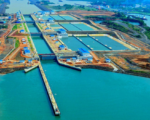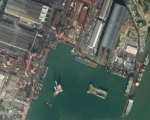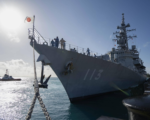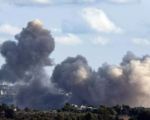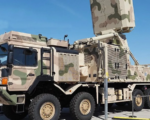Recent clashes between Chinese and Philippine vessels near Sabina Shoal have escalated tensions in the South China Sea, undermining recent efforts to ease disputes in this strategically crucial region. Sabina Shoal, an uninhabited atoll located 86 miles from the Philippines’ west coast, has become the latest flashpoint in the ongoing maritime conflict between the two nations.
In the past week, multiple confrontations have occurred, including violent collisions and face-offs. The Philippines has accused China of deliberately ramming its ships and using water cannons against Philippine vessels. Conversely, China has blamed the Philippines for these incidents, alleging that its ships refused to comply with Chinese control and engaged in deliberate collisions.
The renewed aggression follows a temporary de-escalation agreement reached earlier this summer after violent confrontations at the Second Thomas Shoal, where Chinese coast guard personnel had aggressively blocked resupply missions to Filipino troops stationed on a grounded World War II-era ship. Despite the truce, tensions have reignited with recent incidents, including collisions involving Philippine coast guard vessels and an extensive deployment of Chinese ships to block Philippine operations.
Analysts view Sabina Shoal as a potential new conflict zone, following previous flashpoints like Second Thomas Shoal and Scarborough Shoal. The Philippine government, led by President Ferdinand Marcos Jr., is under pressure to stand firm against Chinese encroachment, while Beijing continues to assert its claims over nearly the entire South China Sea, despite an international tribunal ruling against these claims.
The situation at Sabina Shoal involves high-stakes maneuvering. The Philippines has deployed its largest coast guard vessel, the BRP Teresa Magbanua, to monitor Chinese activities and counter alleged land reclamation efforts by China. Meanwhile, China has intensified its presence in the area, including deploying one of its largest coast guard ships to assert control.
As both nations navigate these escalating tensions, the role of the United States is crucial. The U.S. has reiterated its commitment to defend the Philippines under a mutual defense treaty and is considering options such as escorting Philippine resupply missions. However, with ongoing global conflicts and domestic political considerations, the U.S. response remains cautious.
The situation at Sabina Shoal highlights the precarious balance in the South China Sea, where any miscalculation could lead to a larger conflict with significant regional and global implications.





